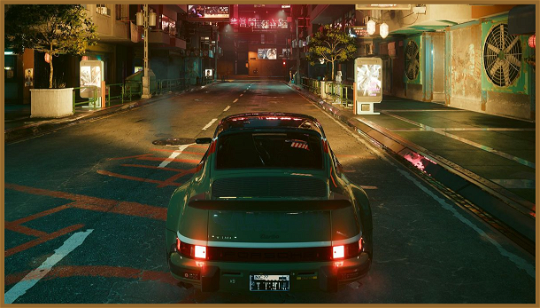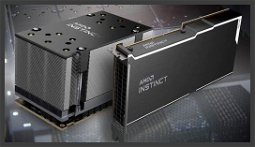Nvidia DLSS 3.5 Enhances Ray Tracing Effects
Nvidia has unveiled DLSS 3.5, its latest graphics rendering feature that uses artificial intelligence to improve ray tracing effects in games like Portal RTX and Cyberpunk 2077. Available on all Nvidia RTX graphics cards, DLSS 3.5 aims to reduce rendering work in favor of using AI to fill in the gaps in calculations. In theory, this could extend the life of older GPUs, but only if developers embrace the feature.
Most graphics settings in games can be tweaked to improve image quality, but ray tracing settings are less common. Nvidia’s DLSS technology is built to tackle this, but it also includes features that can improve graphical quality.
Previously, Nvidia unveiled DLSS 3 Frame Generation, which uses AI to generate whole frames in a game when a player moves around the virtual world. This feature is designed to give Nvidia RTX GPUs a boost in those games where it’s available.
Now, Nvidia is adding ray reconstruction to its AI arsenal, using AI to fill in the gaps in calculations when rendering with ray tracing. This could potentially reduce rendering workload, helping boost performance in games and potentially extending the life of older graphics cards on the market.
In a blog post, Nvidia explains that ray reconstruction uses AI to “recognize different ray-traced effects, leveraging temporal and spatial pixels to reconstruct missing rays for faster, more accurate rendering.” Essentially, it uses AI to fill in the gaps in calculations when ray tracing is in use, improving computational efficiency and potentially boosting fps in games.
Nvidia has also trained Ray Reconstruction to recognize different ray-traced effects, so it can make the most of rays when rendering specific effects. For instance, it can use temporal and spatial pixels to reconstruct missing rays for faster, more accurate rendering when rendering reflections, caustics, and light fields.
This feature is already in use in games like Portal RTX and Cyberpunk 2077, with performance comparisons in the latter showing off improved lighting quality alongside increased performance with DLSS 3.5 enabled.
Of course, this only benefits games with ray tracing effects, and it will only help boost fps in those games if developers decide to adopt DLSS 3.5. Still, it’s good to know that it will be available on all RTX graphics cards, benefiting those who have an Nvidia RTX GPU and happen to play any of the games that support DLSS 3.5.
The feature is set to arrive in the fall, so it should be available before too long. It’s already been announced that Cyberpunk 2077: Phantom Liberty will support DLSS 3.5, and the Alan Wake 2 release date is set for later this year.
Beyond games, Nvidia’s Omniverse platform, Chaos Vantage, and D5 Render will all support DLSS 3.5. Additionally, Nvidia’s GeForce NOW Ultimate now supports up to 240 fps streaming, and it’ll have Xbox Game Pass support from August 24.
Check out our Gamescom 2023 preview for more on what to expect from this year’s event. You can also read our Nvidia review to find out how its RTX graphics cards stack up against the competition.














